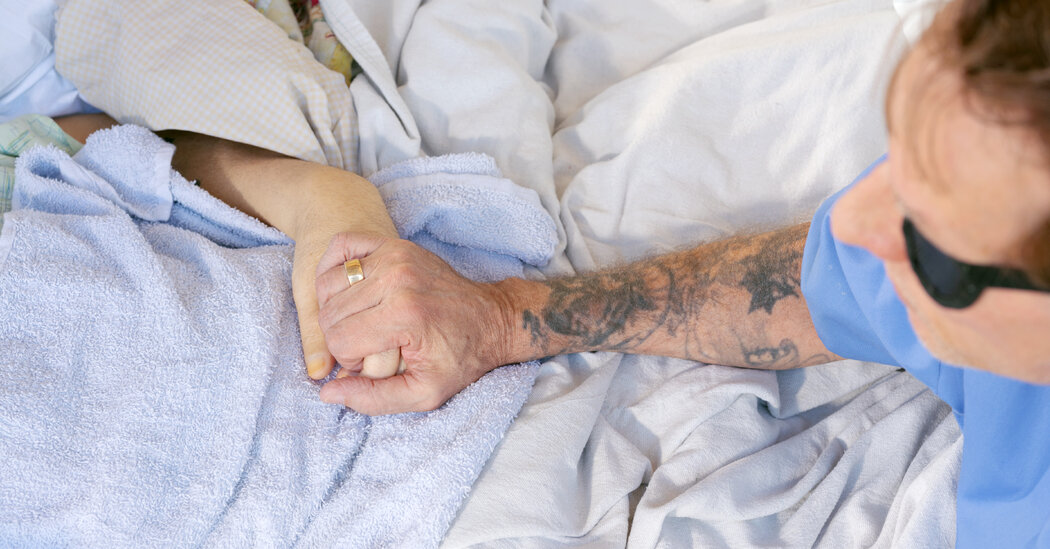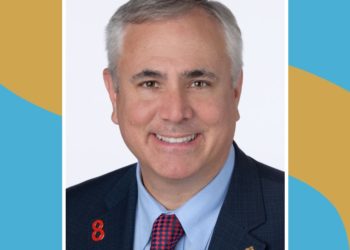Gerrard Hite is circling the path that winds around the garden, pointing out the plants he has nurtured under a merciless California sun. He knows the name of each one in this 4,000-square-foot garden, their history, even their names in Latin. He moves casually but with purpose, pausing to gently scoop up a branch of a Mexican sage bush.
This one, he explains, is special: It attracts the hummingbird, the symbol for hospice and the reason he and others who tend to the dying wear pins of them on their shirts.
Mr. Hite is incarcerated at California Medical Facility in Vacaville, Calif., a medium-security penitentiary within the state’s sprawling prison system. Most of the 2,144 men who live here require specialized medical care. Some are dying in the facility’s hospice unit. Others, like Mr. Hite, have volunteered to look after their peers in their final days. For them, the unit, and the garden in particular, offers something rare in prison: a sense of purpose and connection.
“When you get outside these walls, when you’re released, you breathe fresh air, freedom air, which is different than the air in here,” said Mr. Hite, who has been locked up for 48 years. “But in the garden, you get a little piece of that free air.”
The post A Prison Hospice Program for the Living and the Dying appeared first on New York Times.




